
Ingredient
Sea bass
The Ocean's Delicacy
Sea bass is a versatile fish with a mild, slightly sweet flavor and a firm, flaky texture. Its flesh is white and tender, making it perfect for grilling, baking, or pan-searing. The fish has a clean, fresh taste that pairs well with a variety of seasonings and sauces.
Origins and history
Sea bass has a long history in Mediterranean and Asian cuisines. It has been enjoyed for centuries, with references dating back to ancient Greece and Rome. In Mediterranean cultures, sea bass is often associated with celebrations and special occasions. It is also highly regarded in Asian cuisines, particularly in Japan and China, where it is prized for its delicate flavor and texture.
Nutritional information
Sea bass is a low-calorie, lean source of protein that is rich in omega-3 fatty acids, which are beneficial for heart health and brain function. It also provides essential vitamins and minerals, including vitamin D, vitamin B12, selenium, and potassium.
Allergens
Sea bass does not contain any known allergens.
How to select
When selecting sea bass, look for fish with clear, bright eyes, shiny skin, and a fresh, mild aroma. The flesh should be firm to the touch and bounce back when pressed. Avoid fish with dull eyes, discolored skin, or a strong fishy smell.
Storage recommendations
To maintain its freshness, sea bass should be stored in the refrigerator at a temperature of 32°F to 38°F (0°C to 3°C). It is best to consume sea bass within 1-2 days of purchase. To extend its shelf life, you can wrap the fish tightly in plastic wrap or place it in an airtight container before refrigerating.
How to produce
Sea bass is typically caught in the wild, but it can also be farmed in sustainable aquaculture systems. To produce sea bass, specialized fish farms recreate the fish's natural habitat in large tanks or sea cages, providing optimal conditions for growth and development.
Preparation tips
Sea bass can be prepared in various ways, such as grilling, baking, steaming, or pan-searing. For grilling, brush the fish with olive oil, season with salt and pepper, and cook over medium-high heat for about 4-5 minutes per side. When baking, place the fish in a preheated oven at 400°F (200°C) and cook for approximately 12-15 minutes, or until the flesh is opaque and flakes easily with a fork. Sea bass also pairs well with citrus flavors, herbs like dill or parsley, and Mediterranean-inspired ingredients like olives and tomatoes.
Culinary uses
Sea bass is commonly used in Mediterranean and Asian cuisines. It is often served whole, filleted, or as part of seafood stews, soups, or pasta dishes. In Mediterranean cuisine, sea bass is frequently prepared with olive oil, lemon, garlic, and fresh herbs. In Asian cuisine, it is often steamed or pan-seared and served with soy-based sauces or ginger. Sea bass can also be used in ceviche or sushi preparations.
Availability
Sea bass is commonly available in coastal regions around the world, including the Mediterranean Sea, the Atlantic Ocean, and the Pacific Ocean. It is also cultivated in aquaculture farms in countries like Greece, Spain, Turkey, and China.
More ingredients from this category » Browse all

Large yellow croaker
Golden Delicacy from the Sea
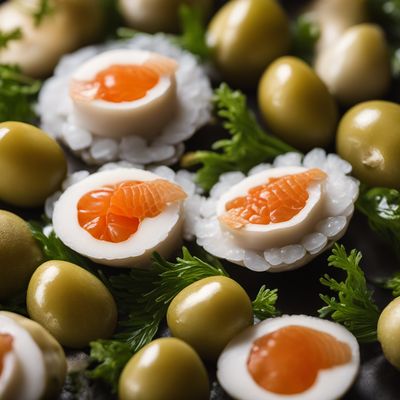
Japanese seabass
The Delicate Beauty of Japanese Seabass

Surgeonfish
The Ocean's Bounty

Dentex
The King of the Mediterranean: Discovering Dentex

Drums
The Rhythm of Drums

Lizardfishes
The Versatile Delicacy from the Sea

Mullets
The Versatile Mullet

Yellow croaker
The Golden Catch

Red drum
The Southern Symphony

Snappers
The Irresistible Crunch of Snappers

Groupers
The Mighty Groupers: A Seafood Delicacy

Sea bream
Delicate Ocean Gem
Recipes using Sea bass » Browse all
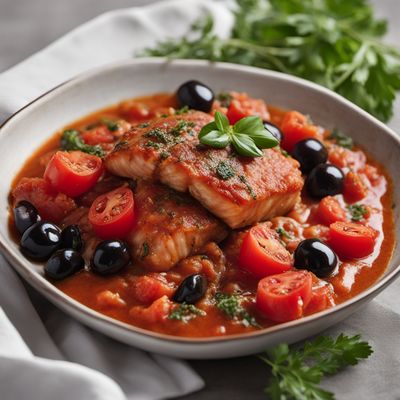
Spigola alla Pitarillara with Tomato and Olive Sauce
Mediterranean Delight: Tomato and Olive Spigola
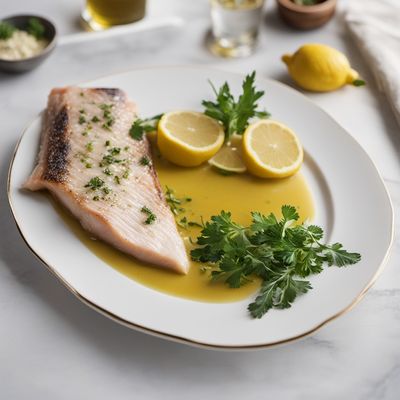
Macedonian-style Bar au Beurre Blanc
Mediterranean Delight: Macedonian-style Buttered Sea Bass

Sardinian-style Sayadieh
Mediterranean Delight: Sardinian-style Sayadieh with a Twist

Acqua Pazza with Mediterranean Flavors
Mediterranean Delight: Acqua Pazza with a Twist

Molecular Papricaș de Pește
The Molecular Transformation of Papricaș de Pește: A Fusion of Hungarian Tradition and Molecular Gastronomy

Argentinian-style Fish and Chips
Tango Fish and Papas Fritas

Gower-style Fish Liboké
Seaside Delight: Gower-style Fish Liboké
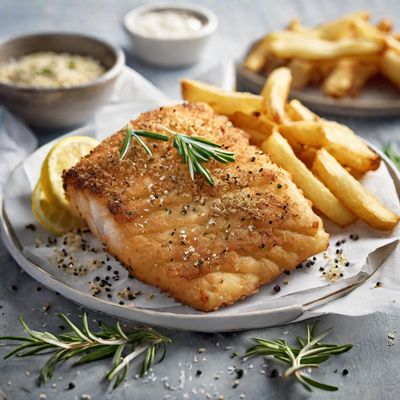
Fish and Chips Croatian Style
Adriatic Sea Delight
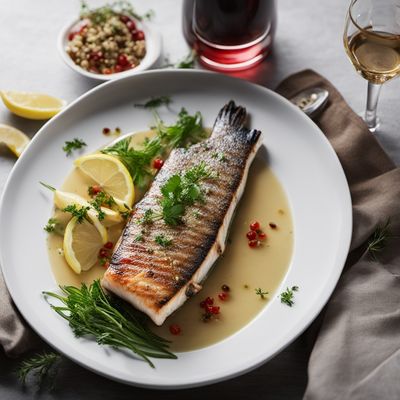
Grilled Sea Bass in White Wine Sauce
Mediterranean Delight: Grilled Sea Bass in Fragrant White Wine Sauce

Chinese-style Steamed Fish with Ginger and Soy Sauce
Ginger-infused Delight: Chinese-style Steamed Fish

Spinialo with Lemon and Herbs
Mediterranean Delight: Lemon and Herb-infused Spinialo

Putian-style Spicy Braised Fish
Fiery Fish Delight: Putian-style Spicy Braised Fish